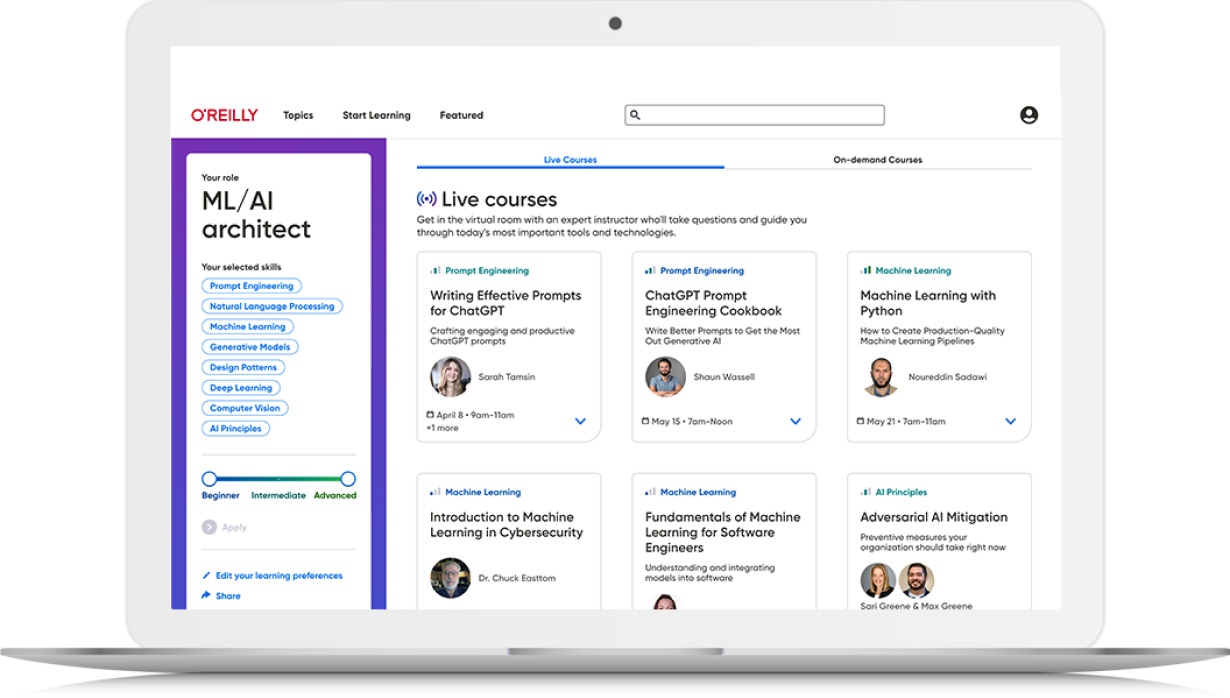Book description
There's a lot to be said for going back to basics. Not only does this Bible give you a quick refresher on the structure of open-source Linux software, it also shows you how to bypass the hefty graphical user interface on Linux systems and start interacting the fast and efficient way with command lines and automated scripts. You'll learn how to manage files on the filesystem, start and stop programs, use databases, even do Web programming without a GUI with this one-stop resource.
Table of contents
- Copyright
- About the Author
- Credits
- Acknowledgments
- Introduction
-
I. The Linux Command Line
- 1. Starting with Linux Shells
- 2. Getting to the Shell
- 3. Basic bash Shell Commands
- 4. More bash Shell Commands
- 5. Using Linux Environment Variables
- 6. Understanding Linux File Permissions
- 7. Working with Editors
-
II. Shell Scripting Basics
- 8. Basic Script Building
- 9. Using Structured Commands
- 10. More Structured Commands
- 11. Handling User Input
- 12. Presenting Data
-
13. Script Control
- 13.1. Handling Signals
- 13.2. Running Scripts in Background Mode
- 13.3. Running Scripts without a Console
- 13.4. Job Control
- 13.5. Being Nice
- 13.6. Running Like Clockwork
- 13.7. Start At the Beginning
- 13.8. Summary
-
III. Advanced Shell Scripting
- 14. Creating Functions
- 15. Adding Color to Scripts
-
16. Introducing sed and gawk
-
16.1. Text Manipulation
- 16.1.1. The sed editor
-
16.1.2. The gawk program
- 16.1.2.1. The gawk command format
- 16.1.2.2. Reading the program script from the command line
- 16.1.2.3. Using data field variables
- 16.1.2.4. Using multiple commands in the program script
- 16.1.2.5. Reading the program from a file
- 16.1.2.6. Running scripts before processing data
- 16.1.2.7. Running scripts after processing data
- 16.2. The sed Editor Basics
- 16.3. Summary
-
16.1. Text Manipulation
-
17. Regular Expressions
- 17.1. What Are Regular Expressions?
- 17.2. Defining BRE Patterns
- 17.3. Extended Regular Expressions
- 17.4. Regular Expressions in Action
- 17.5. Summary
-
18. Advanced sed
- 18.1. Multiline Commands
- 18.2. The Hold Space
- 18.3. Negating a Command
- 18.4. Changing the Flow
- 18.5. Pattern Replacement
- 18.6. Using sed in Scripts
- 18.7. Creating sed Utilities
- 18.8. Summary
- 19. Advanced gawk
-
IV. Alternative Linux Shells
- 20. The ash Shell
-
21. The tcsh Shell
- 21.1. What Is the tcsh Shell?
-
21.2. The tcsh Shell Components
- 21.2.1. The tcsh command line parameters
- 21.2.2. The tcsh files
- 21.2.3. The tcsh login files
- 21.2.4. Shell startup files
- 21.2.5. The logout files
- 21.2.6. The tcsh environment variables
- 21.2.7. Shell variables
- 21.2.8. Environment variables
- 21.2.9. Setting variables in tcsh
- 21.2.10. Using the set command
- 21.2.11. Using the setenv command
- 21.2.12. The tcsh built-in commands
- 21.3. Scripting in tcsh
- 21.4. Summary
- 22. The Korn Shell
- 23. The zsh Shell
-
V. Advanced Topics
- 24. Using a Database
- 25. Using the Web
- 26. Using E-Mail
- 27. Shell Scripts for Administrators
- A. Quick Guide to bash Commands
- B. Quick Guide to sed and gawk
- C. Comparing Shells
Product information
- Title: Linux® Command Line and Shell Scripting Bible
- Author(s):
- Release date: May 2008
- Publisher(s): Wiley
- ISBN: 9780470251287
You might also like
book
Linux® Command Line and Shell Scripting Bible, Second Edition
The authoritative guide to Linux command line and shell scripting completely updated and revised [it's not …
book
Linux Command Line and Shell Scripting Techniques
Practical and actionable recipes for using shell and command-line scripting on your Linux OS with confidence …
book
Learning Linux Shell Scripting
Unleash the power of shell scripts to solve real-world problems by breaking through the practice of …
book
Linux Shell Scripting Cookbook - Second Edition
Don’t neglect the shell – this book will empower you to use simple commands to perform …

